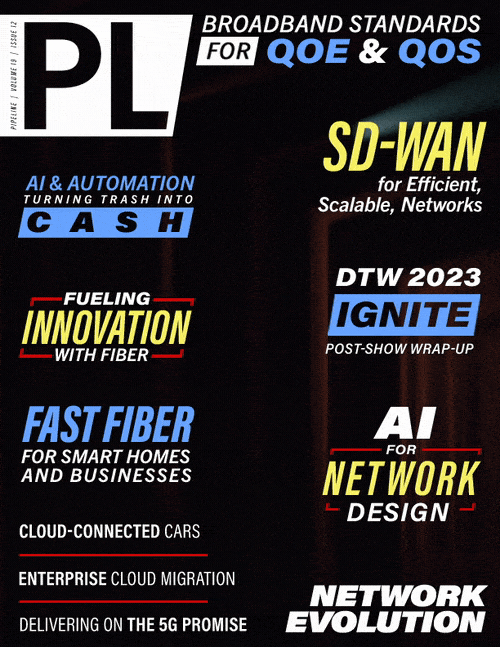The Many Options for Connecting to the Cloud
By: Todd Miller

Nearly 70 percent of enterprises now leverage public cloud services for at least a portion of their technology infrastructure. While some have transitioned their environments fully into the cloud, others are using hybrid solutions. This makes sense, as more and more companies transition to the cloud but realize that not every application should live there. In addition, integrating cloud solutions and deciding how to marry the cloud environment with an existing network are formidable tasks. They require expertise and a thorough understanding of how enterprises should connect their infrastructure, users, and clients to the cloud for a successful and worthwhile cloud experience for everyone in the enterprise.
While companies aim to embrace the cloud more fully, many are already failing to reap the sizable rewards, a 2021 survey by McKinsey & Company concluded. This survey of nearly 450 chief information officers (CIOs) and IT decision makers globally showed that by 2024, the average company aspires to have cloud spending representing 80 percent of its total IT-hosting budget.
Although companies are transitioning more workloads to public cloud environments, missteps in coordinating the migration are taking a toll. Those inefficiencies are costing the average company 14 percent more in migration spend than planned each year, and 38 percent of companies have seen their migrations delayed by more than one quarter, the McKinsey survey showed.
There are a number of options to connect one’s network to a Cloud Service Provider (CSP) such as Amazon AWS, Microsoft Azure, Google Cloud, or Oracle Cloud Infrastructure. It is particularly
important that when doing so, organizations understand fully the challenges and benefits associated with the effort and how the right CSP can make a difference.
Today’s Enterprise Network Environment
Enterprises today use an extremely broad mix of network technologies—from dedicated WANs, SD-WAN, MPLS, and cloud interconnects, to VPNs. Moving applications and resources to public cloud environments has given enterprises the opportunity to reimagine their network infrastructure and design. Like with anything else, each option carries its own unique mix of benefits and tradeoffs to consider. Where solutions like SD-WAN—one of the most prevalent today—offer benefits of increased uptime and agility, latency and security have to be addressed more precisely than with other options. Other technologies like MPLS, while seen as “stodgy” from a technology perspective due to its lack of scalability and price point, offers high reliability and security.
A cloud approach provides IT with the flexibility to combine the right infrastructure for each workload, whether it includes a private cloud, multitenant cloud, public cloud, or on-premises private cloud. With many of the enterprise’s mission-critical applications now running in public cloud, the speed, performance, reliability, and security of connections are more important than ever and critical to the overall operational health of the organization.
VPN Connections Offer Ease of Use, Lower Costs
An enterprise can securely access their cloud platforms using a standard Internet connection and a site-to-site VPN to a cloud-based VPN gateway. The Cloud VPN is designed to seamlessly connect one’s network to the CSP network. An encrypted connection is created between one VPN gateway--typically a firewall--and another gateway that provides decryption for traffic traveling between the two networks. As data travels over the Internet, it is protected by this step. There are several advantages to using a VPN connection:
- Simplicity: This is the easiest way to connect to the cloud. There are no additional network costs to connect to the cloud other than an existing Internet connection to an ISP.
- Security Setup: Typically, the site-to-site VPN is not as complex of a setup to create with firewall rules to secure the traffic.
At the same time, there can be drawbacks to using a VPN:
- Cost: All the major cloud providers charge a data transfer fee for egress or outbound traffic. While there are no upfront fees, there will be charges that will vary based on the time VPNs are active and amount of egress traffic. The cost of egress data sent over the public Internet is based on volume in addition to monthly port fees. If an enterprise is passing a lot of data out of the cloud over the public Internet, these egress fees can amount to tens of thousands of dollars. So, one needs to understand these potential costs and be aware of how to manage them.
- Performance and security considerations: Since accessing the CSP network uses the public Internet, performance may vary depending on the health and load of the Internet connection. Use of the public Internet also assumes that data transfer will be less secure than a dedicated interconnect.



















